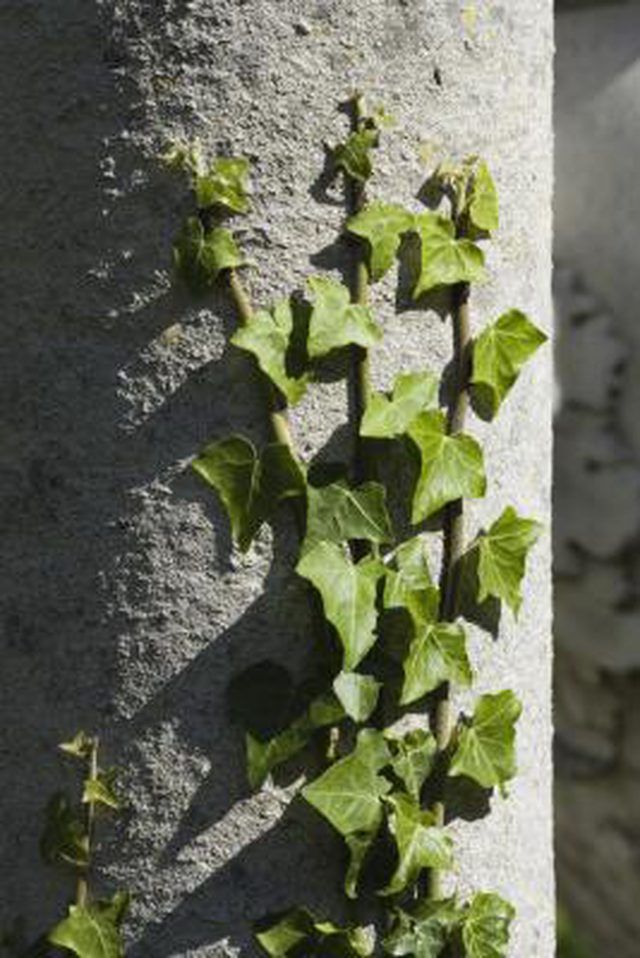Bulbs
Flower Basics
Flower Beds & Specialty Gardens
Flower Garden
Garden Furniture
Garden Gnomes
Garden Seeds
Garden Sheds
Garden Statues
Garden Tools & Supplies
Gardening Basics
Green & Organic
Groundcovers & Vines
Growing Annuals
Growing Basil
Growing Beans
Growing Berries
Growing Blueberries
Growing Cactus
Growing Corn
Growing Cotton
Growing Edibles
Growing Flowers
Growing Garlic
Growing Grapes
Growing Grass
Growing Herbs
Growing Jasmine
Growing Mint
Growing Mushrooms
Orchids
Growing Peanuts
Growing Perennials
Growing Plants
Growing Rosemary
Growing Roses
Growing Strawberries
Growing Sunflowers
Growing Thyme
Growing Tomatoes
Growing Tulips
Growing Vegetables
Herb Basics
Herb Garden
Indoor Growing
Landscaping Basics
Landscaping Patios
Landscaping Plants
Landscaping Shrubs
Landscaping Trees
Landscaping Walks & Pathways
Lawn Basics
Lawn Maintenance
Lawn Mowers
Lawn Ornaments
Lawn Planting
Lawn Tools
Outdoor Growing
Overall Landscape Planning
Pests, Weeds & Problems
Plant Basics
Rock Garden
Rose Garden
Shrubs
Soil
Specialty Gardens
Trees
Vegetable Garden
Yard Maintenance
How to Control the Growth of Hedera Helix
How to Control the Growth of Hedera Helix. Hedera helix, known commonly as English ivy, often gets a bad reputation because it can easily take over a garden where it grows into unwanted areas and covers trees. Grown in U.S. Department of Agriculture plant hardiness zones 4 through 9, this versatile ivy can be used as a ground cover, trained to...

Hedera helix, known commonly as English ivy, often gets a bad reputation because it can easily take over a garden where it grows into unwanted areas and covers trees. Grown in U.S. Department of Agriculture plant hardiness zones 4 through 9, this versatile ivy can be used as a ground cover, trained to climb as an accent on a structure, and can help control erosion. With proper care to control the growth of an English ivy patch, ivy can bring a sense of formality with its lush, evergreen foliage without crossing into the territory of unkempt garden invader.
Things You'll Need
Polyvinyl landscape edging, stones or bricks
Hand pruners
Garden shears
Lawnmower
Hoe
Shovel
Glyphosate or triclopyr herbicide
Shredded bark mulch
Install edging, using polyvinyl landscape edging, stones or bricks, to define the boundaries where you want the ivy to grow. Clip back the ends of ivy vines as they creep across the edging, using hand pruners or shears. Pull up any vines that take root outside the edging.
Cut through the vines attached to trees and clear out all ivy within 2 feet or more of the trunk, leaving what's referred to as a "lifesaver ring" around the tree where the tree can receive moisture. Clip back any ivy that inches its way inside lifesaver ring to prevent it from growing back up the tree. Apply a 3- to 4-inch layer of mulch over the bare soil to slow ivy's spread. Keep the mulch at least 3 inches away from the trunk. Leave the existing ivy on the tree where it will eventually die. Ivy might look interesting climbing up a tree, but it can trap moisture on the bark and can get so heavy it breaks branches.
Cut back the ends of the ivy if it grows too large for its support structure, whether you train the ivy to grow on a free-standing trellis or sprawl over large boulders.
Cut back ground cover English ivy, such as ivy used to fill in spaces around a house, when the ivy reaches a foundation. If ivy already grows on the house, cut the vines at ground level and leave the vines on the house to die. Although you might like the look of an ivy-covered house, ivy can trap moisture and cause wood to rot. Its rootlets can also lock into small spaces in masonry homes and rip out loose mortar.
Mow over ivy if its growth becomes too dense. Repeat this, as needed, to keep the new growth from getting too dense or spreading into unwanted spaces.
Dig up unwanted ivy by hand to completely remove it. Pull up as much of it as possible with your hands. Break up the soil with a hoe or shovel and pick out any remaining root pieces.
Spray unwanted ivy with a solution of 2 percent glyphosate or triclopyr herbicide. Mix 41 percent glyphosate at a rate of 2 2/3 ounces per 1 gallon of water or buy a ready-to-use product. Use this as an alternative or supplement to hand pulling and digging up the ivy plants.
Cut through thick stems and brush or spray undiluted, 41 percent glyphosate herbicide immediately onto the fresh cut. The herbicide is drawn down to the roots and kills unwanted ivy plants.
Cover a cleared space with about 6 to 8 inches of shredded bark mulch to smother the roots and prevent them from sprouting new ivy vines.
Grow ivy in containers where the roots are unable to spread through the soil and into other garden spaces. This works especially well for training ivy as topiary on a frame.
Tips & Warnings
If you prefer a low-maintenance garden, the best option is to get rid of any existing English ivy and replace it with low-maintenance plants. Even after all the work of cutting back ivy and getting it into the desired boundary, English ivy requires frequent maintenance to keep the growth under control.
English ivy is considered an invasive plant in some areas. You should not plant it if you live in an area where it is invasive.